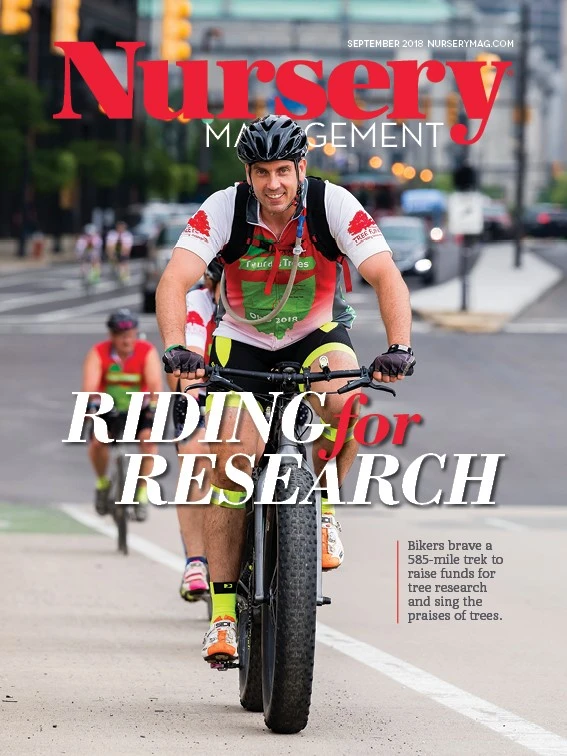
Cultivars are a part of horticulture. Liberty Hyde Bailey of Cornell University in New York created the word cultivar in 1923. Cultivars are fine, but do we really need the term “nativar?” Nativar is a coined term and not a real word, trying to jam the native plant movement into the standards of modern horticulture.
Dr. Allan Armitage introduced the term in 2008 recognizing the upcoming demand for native plants. Perhaps he thought that only by improving upon mother nature by applying modern horticultural standards would native plants find their way into the marketplace. Those standards include constant new plant introduction, celebrated trials, breeding programs and changing colors because of horticulture’s belief that more and new is the only way. So perhaps our industry, recognizing that more customers want native (indigenous) plants for pollinators, birds, wildlife, butterflies and many other ecological reasons, is trying to find a way to capture this market. The industry disregards the fact that many of these new plants (

Cultivars and selections are great, even cultivars of native plants. Plants have been bred for centuries to bring out the best. Including disease resistance, sizes, colors, bloom types, timing, better fruiting, the list goes on and on. Whether found in the wild, bred in a backyard or developed in a lab, cultivars and selections give horticulture and agriculture choices and solutions. The work that is currently being done by the American Chestnut Foundation breeding Chinese chestnuts with the American chestnut to bring it back is a prime example of the wonderful things horticulture can do. Over 3 billion American chestnut trees in 20 states were wiped out due to the importation of infected stock. An argument has been made that this devastation was a cause of the economic collapse of the Appalachia region during this time. Restoring these majestic trees to the Appalachian range is an awesome goal. We need cultivars.
What’s the difference and why is it important? Native (species) plants have evolved over time along with the insects, birds, pollinators and the rest of the fauna. They recognize and depend on each other for survival. On an evolutionary timescale, man-made cultivars showed up a second ago which means they are ecologically untested. Plus, native plants are best adapted to the climate and soil they have evolved in. Many of these
Carolina Native grows and sells some cultivars, too. Cultivars are fine — grow them, breed them, plant them, sell them. We all want our clients to plant the plants they want in their landscape. But the term nativar, which we refuse to use, will lead your customers to think that these plants have the same ecological advantages that species native plants have when most likely they don’t. Horticulture professionals know this. Haven’t we all had enough of false equivalences and alternative facts?

Explore the September 2018 Issue
Check out more from this issue and find your next story to read.
Latest from Nursery Management
- John Ruter shares UGA's latest woody and herbaceous ornamental plant breeding projects
- Conor Foy joins EHR's national sales team
- Pantone announces its 2026 Color of the Year
- Syngenta granted federal registration for Trefinti nematicide/fungicide in ornamental market
- Get to know Kayela Aeppli
- HILA 2025 video highlights: John Gaydos of Proven Winners
- Q&A with Justin Bartlett
- Be the best choice





